Marcos – What Could Have Been
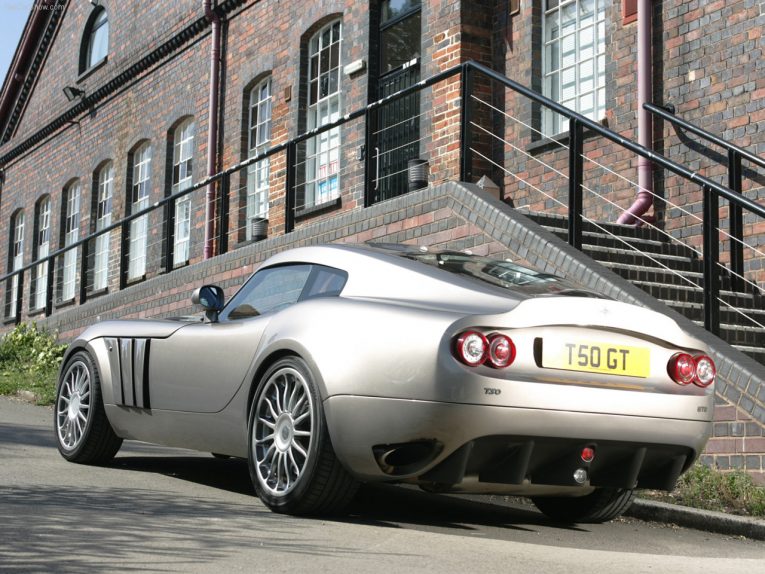
Jem Marsh had his feet firmly planted upon the bedrock of the motor industry. He started off in the 1950s as a sales rep for Firestone tyres, a job that afforded him the opportunity to race an Austin Seven special, which he’d screwed together himself in the pursuit of speed. Soon though, he changed jobs, moving on to be the manager of Dante Engineering, a role that suited him down to the ground, as it was even closer to the world of motorsport.
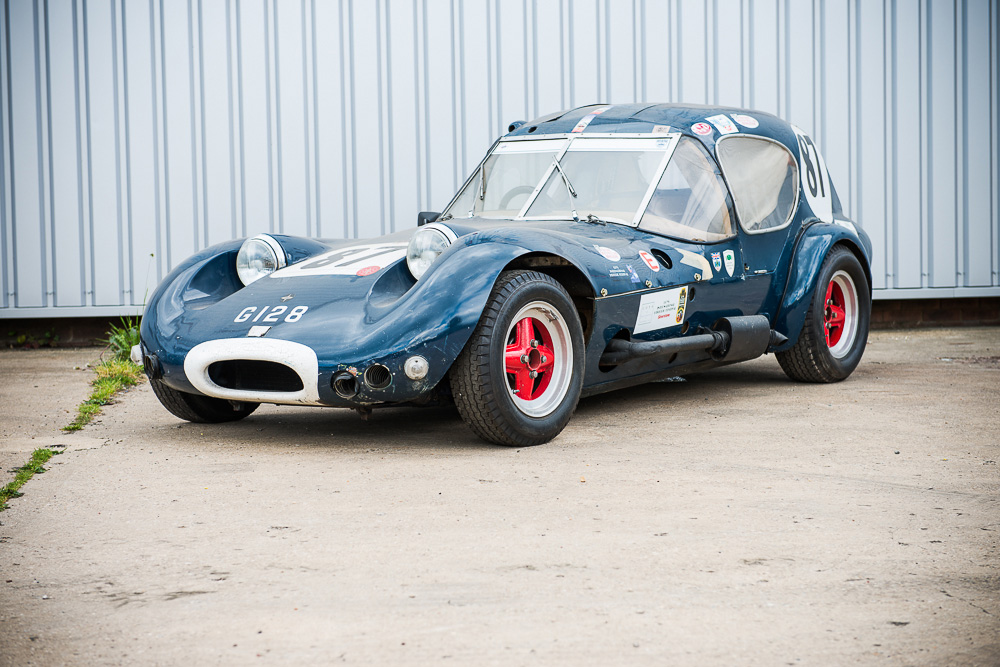
This wasn’t enough for him though; he wanted more. In 1958, he took the plunge, setting up on his own and creating Speedex, a company that offered performance parts for racing cars. This was where Jem would make his name, or at least that was the plan.
Speedex made parts like finned aluminium cylinder heads, twin-choke inlet manifolds, independent front suspension for the Austin Seven and smaller parts, like pulleys and lightweight alloy wheels. Business was booming. Jem could put his racing knowledge to good use and it showed in the products he offered.
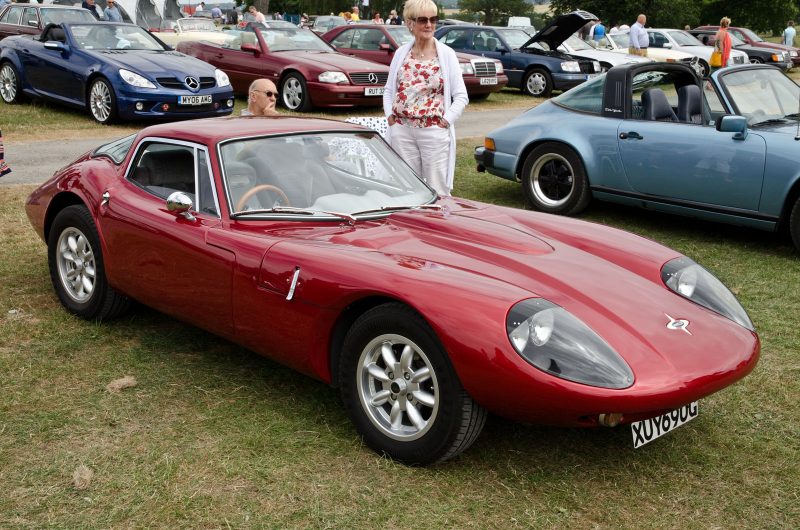
Marcos 3 Litre (1969)
Eventually, Speedex made its own car, the Speedex 750, which as the name suggests, was built with the 750 Motor Club in mind. It was rudimentary from an aesthetic point of view but it went well and handled brilliantly – looks were not at the top of the list for Jem Marsh.
As his company grew, so did his ideas and as such, Speedex produced more cars. There was the Speedex Sirocco – an elegant two-seater designed by Peter Hammond. The body could be mated to a Ford chassis or, for those with slightly deeper pockets, a bespoke Speedex spaceframe. There was also the race-focused and rather-beautiful Speedex Silverstone. It was a handsome little car but even so, it wasn’t quite enough for Jem.
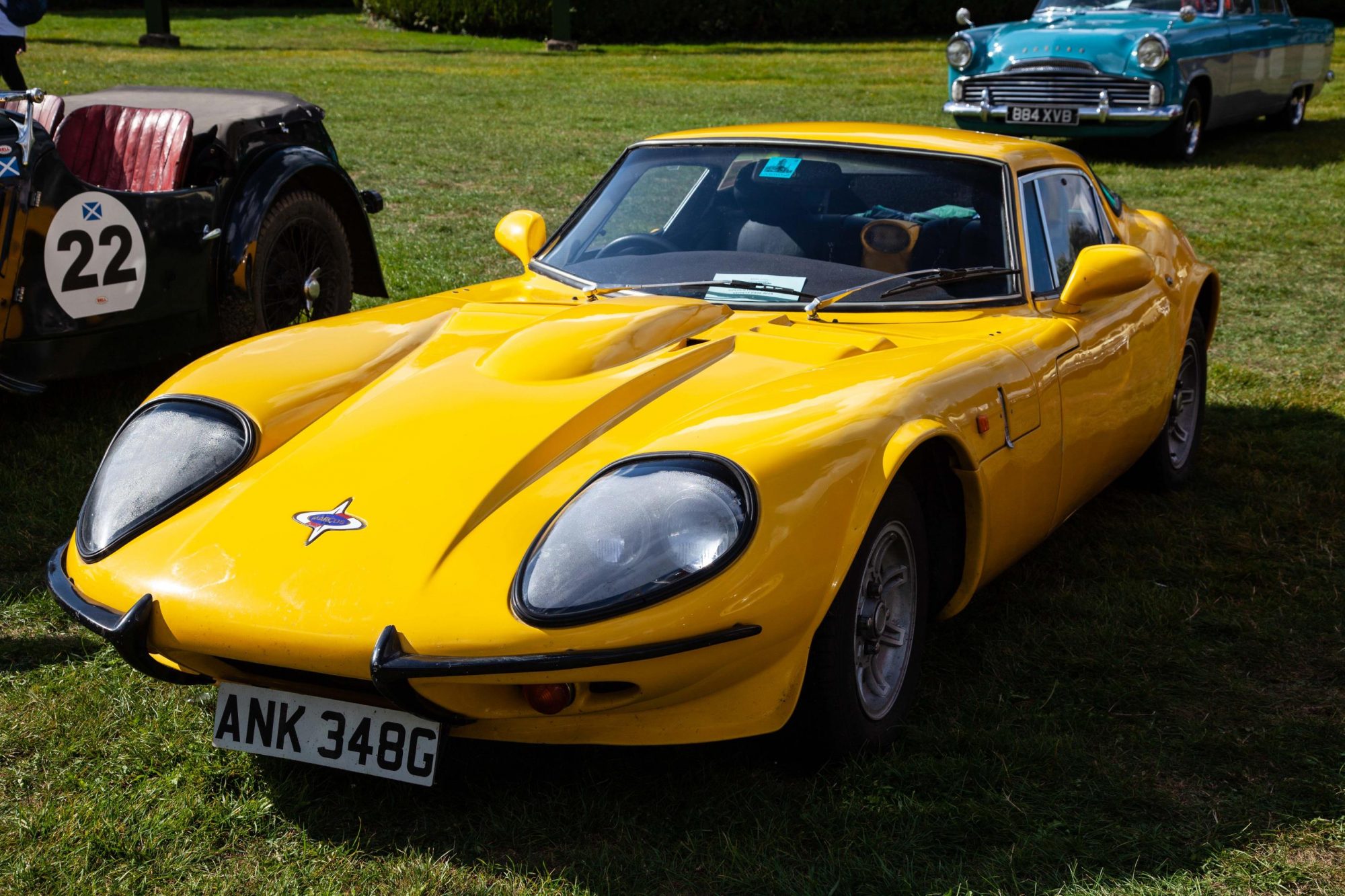
In the late 1950s, with Speedex doing well, Jem Marsh set about a new project with friend and aeroplane engineer and designer, Frank Costin. It would be known as Marcos (an amalgamation of Marsh and Costin) and it would offer cars the like of which had never been seen before. It would be bold, it would be radical and while it would have aspirations of road use, the foundations would be cemented firmly in motorsport. In 1959, Marcos was born.
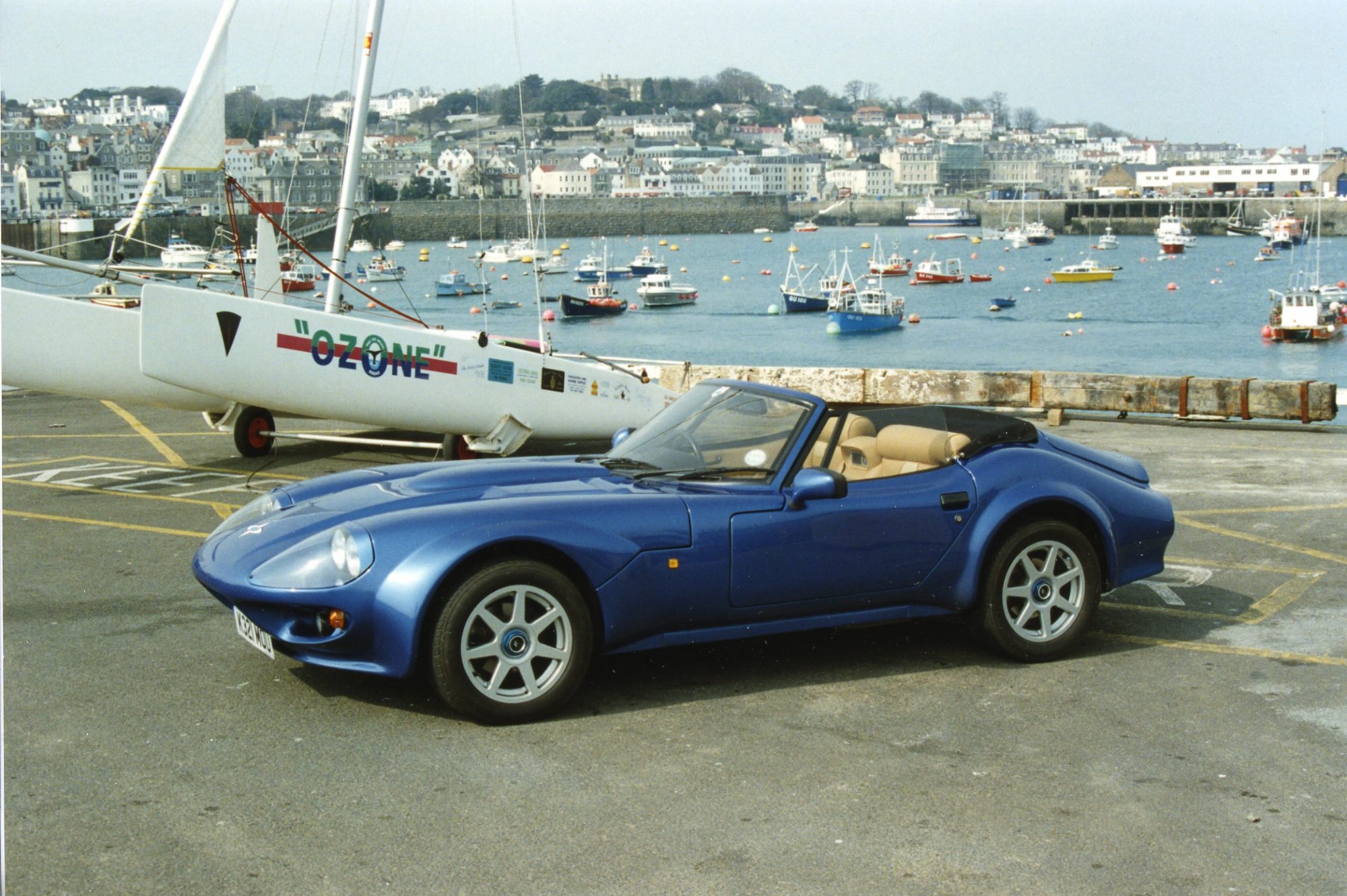
Marcos, while still running in parallel to Speedex, made its first car, the Costin-designed ‘Flying Splinter’. It earned that name thanks to its plywood chassis, not frame – we really are talking about the actual spine of the car here. While Morgan owners often have to quash ‘pub banter’ comments about our cars having wooden chassis’, Marcos owners have to nod and smile. The plywood chassis wasn’t just a feature in the early Flying Splinter; it was a design feature in many of the company’s offerings, brought about as a result of Frank Costin’s faith in wood as a key material in the construction of the aeroplanes he designed, such as the de Havilland Mosquito.
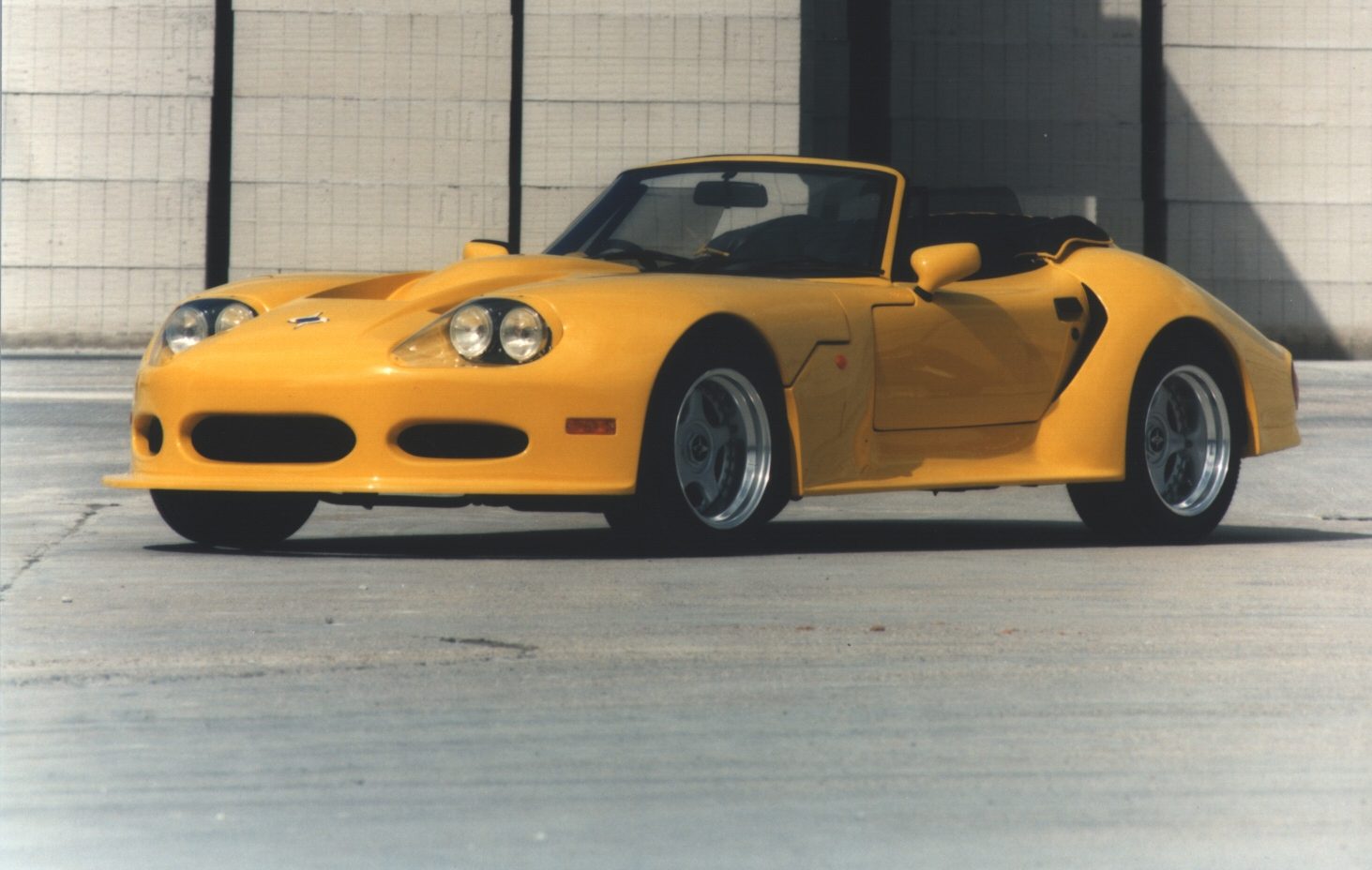
Knowing that the racetrack was the place to sell cars, Jem and Frank penned the car that would be known as the ‘Ugly Duckling’. As the name would suggest, it was an odd beast thanks to its high roofline (due to Jem being on the tall side) and four-piece windscreen. The looks didn’t factor into the car’s popularity though. On track, powered by either a Ford 1.0 or 1.2-litre engine, the Ugly Duckling showed impressive pace when piloted by Jem himself, as well as other drivers such as Jackie Stewart and Jackie Oliver.
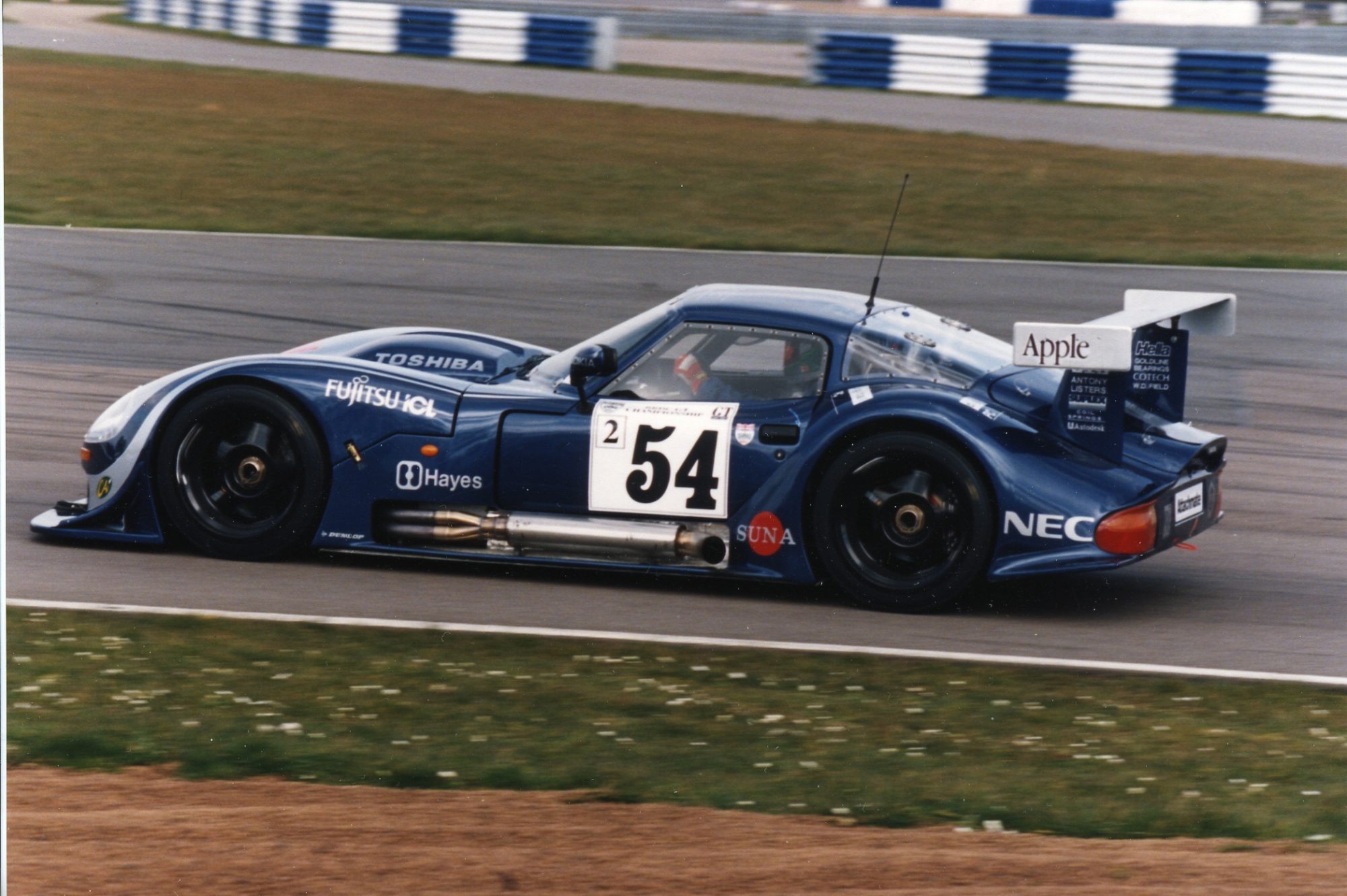
In 1961, the final known advert for Speedex was seen in print. The company had been doing well but Marsh was keen to put all his time, effort and money into Marcos.
Co-founder Frank Costin was replaced by Dennis and Peter Adams, who penned the company’s next car, the Marcos Gullwing. No prizes for guessing how that name came about.
Built primarily for track use, a small number of road cars were also produced, along with a convertible version known as the Marcos Spyder. Then, curiously, the car was re-roofed without the gullwing doors, resulting in the Marcos ‘Breadvan’, a curious-looking machine, though it was still highly competitive on the track.
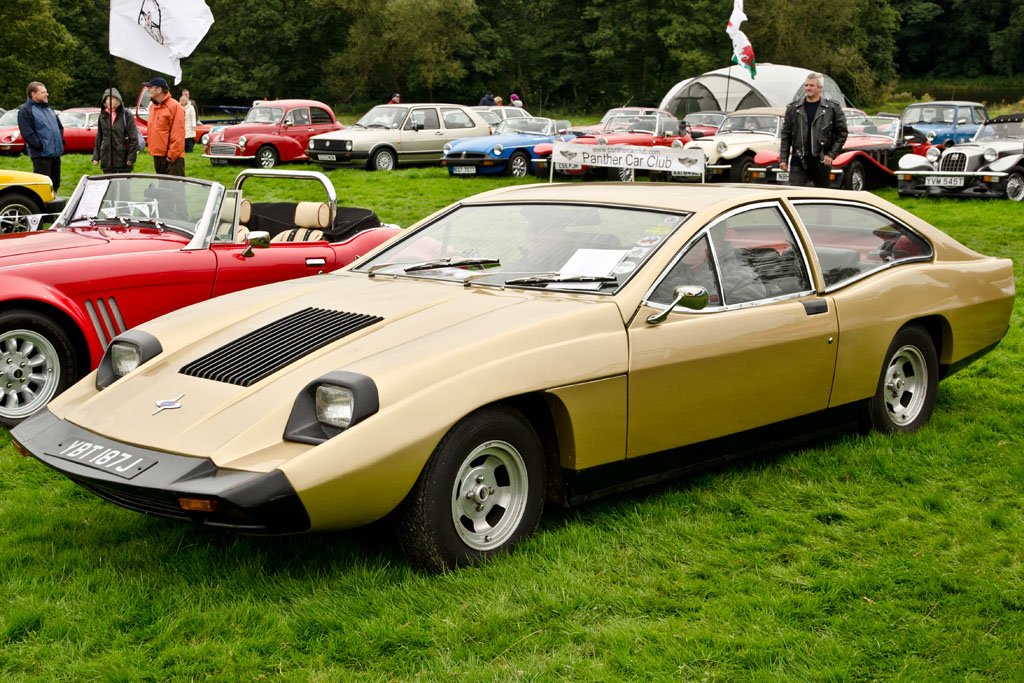
Marcos Mantis M70 (1970)
It was in 1962 that the Marcos we’re all most familiar with came about, namely the GT 1800. Long, sleek and low-slung, it was a magnificent-looking car. The chassis was still made from wood but this time, it was entombed within fibreglass for greater rigidity and of course, a longer life. Comments of the time likened the GT to the Ferrari GTO and even the E-Type, which was wonderful news for the team at Marcos. The GT was marketed as a road car, so to be held in such high regard would only serve to bolster sales.
Early cars were powered by a Volvo 1800 engine and featured clever De Dion rear suspension. However, these additions proved to be costly, so Marcos reverted to a more conventional suspension set-up and the Ford V4 engine of the time, though a Ford V6 or Volvo straight six were available should the customer request them.
The GT also had some unique features. For example, the driver’s seat didn’t move but the pedals did. An unusual approach but clearly a good one – you’ll find the same technology in a modern Dodge Viper.
In 1964, Marcos introduced another icon, namely the Mini Marcos. Again, it was an odd-looking machine but thanks to being based around the proven mechanicals of the Austin Mini, it was a success on the track. In fact, it was the only British car to finish the 1966 Le Mans 24-hour race.
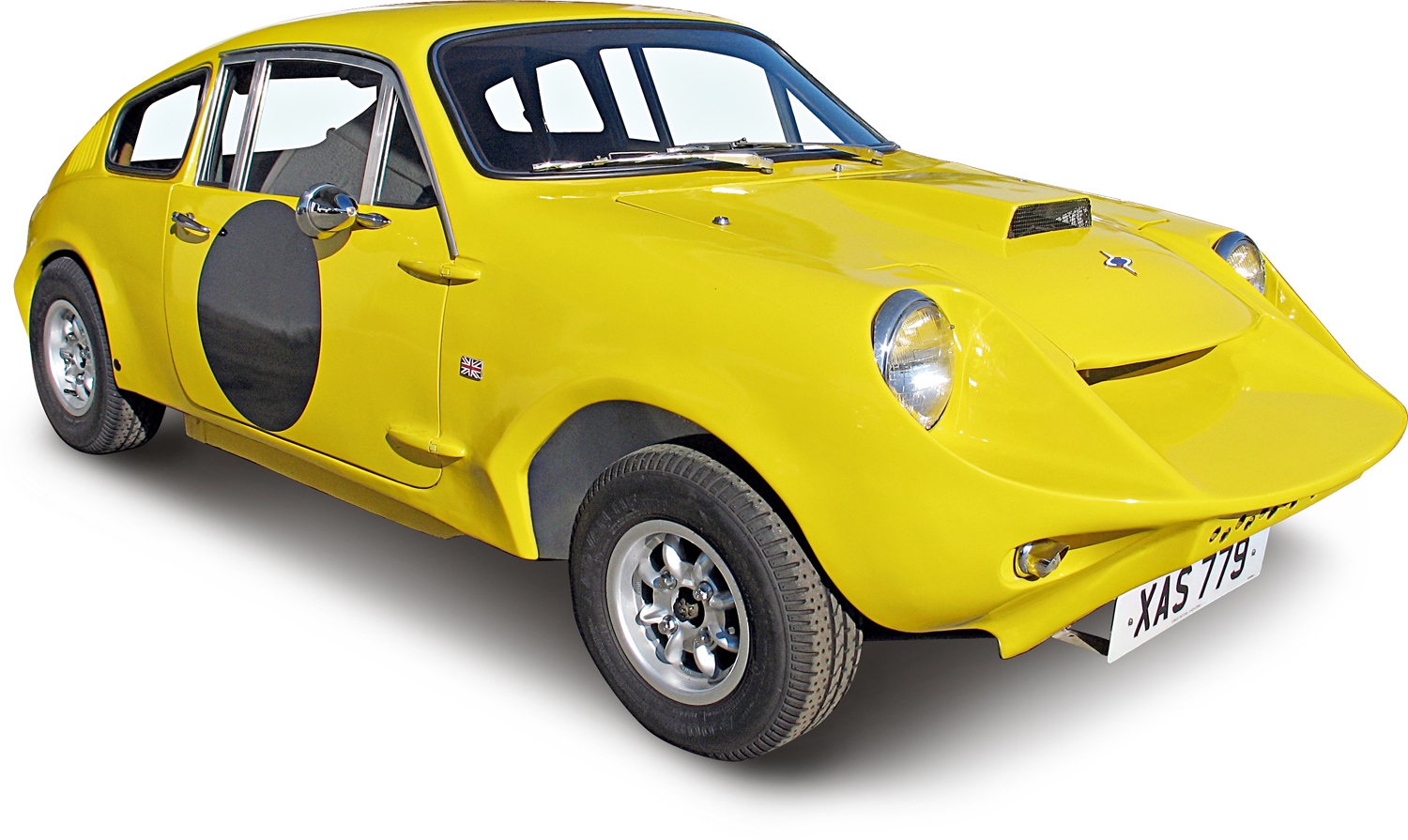
Mini Marcos
Strangely though, the Mini Marcos was only offered as a kit, rather than a finished car. This was an odd move given that Marcos had been building a reputation as a full-bodied car manufacturer. In fact, it was around this time that things started to go badly wrong for Marcos.
The company moved to new, considerably more costly premises in Westbury, Wiltshire. It was a bold move considering crucial sales of Marcos cars in America were dwindling. Still, Marsh and his team would not be deterred; so on they pushed with the next car to emerge from the Marcos stable – the Mantis M70.
Powered by a 2.5-litre Triumph engine and styled in a similar, sleek fashion to the GT, it was a magnificent machine, though it was nothing in comparison to the futuristic-looking XP race version of the car. With power from a Brabham Repco V8 engine and an aggressive, angular body, it was expected to do big things on the track. It didn’t though, instead retiring from the 1968 Spa event due to electrical problems arising in torrential rain – ah, British cars!
The failed racing outings, the weak American sales and the cost of the Westbury facility were too much for Marcos to bear. In 1971, the company ceased trading, the assets and remaining stock being bought by the Rob Walker Group.
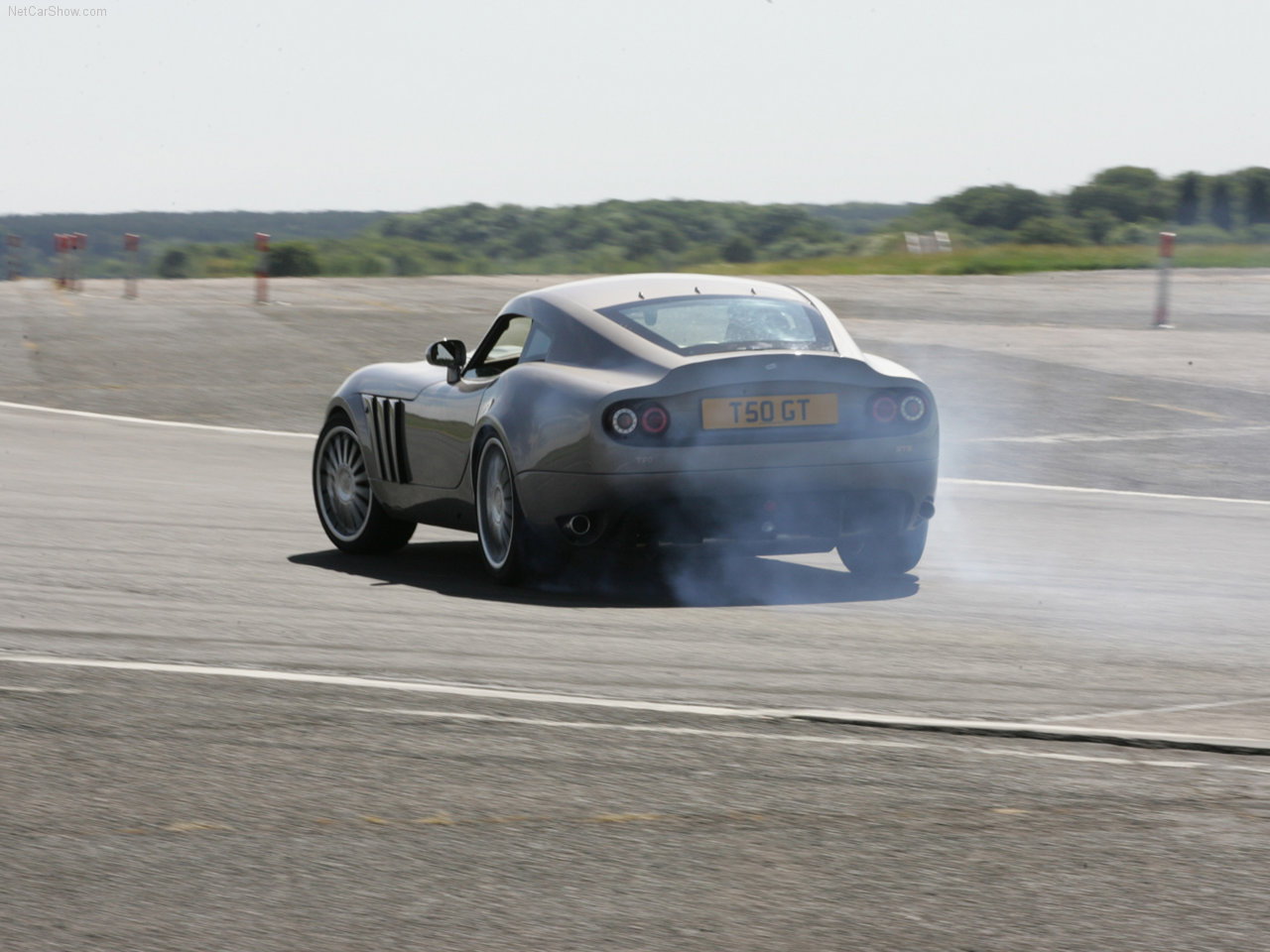
Marcos TSO
That’s not the end of the story though. Jem Marsh couldn’t face the thought of his beloved company being forever consigned to the history books, so in 1976 he bought back the rights to the Marcos name and by 1984, the Mantula – based loosely around the GT – hit the roads and the track. Powered by a 3.5-litre version of the Rover V8, much like the Morgan Plus 8 and mated to a manual five-speed gearbox, it was an epic, snarling, angry machine. By this point, the wooden chassis had been binned in favour of more conventional metal.
The Martina followed, which was far more civilised thanks to being powered by a 2.0-litre engine, though its flared arches and low-slung body ensured it was as striking to behold as its V8 forebear. It sold well, too, and was bolstered by being made available in Spyder guise in 1986.
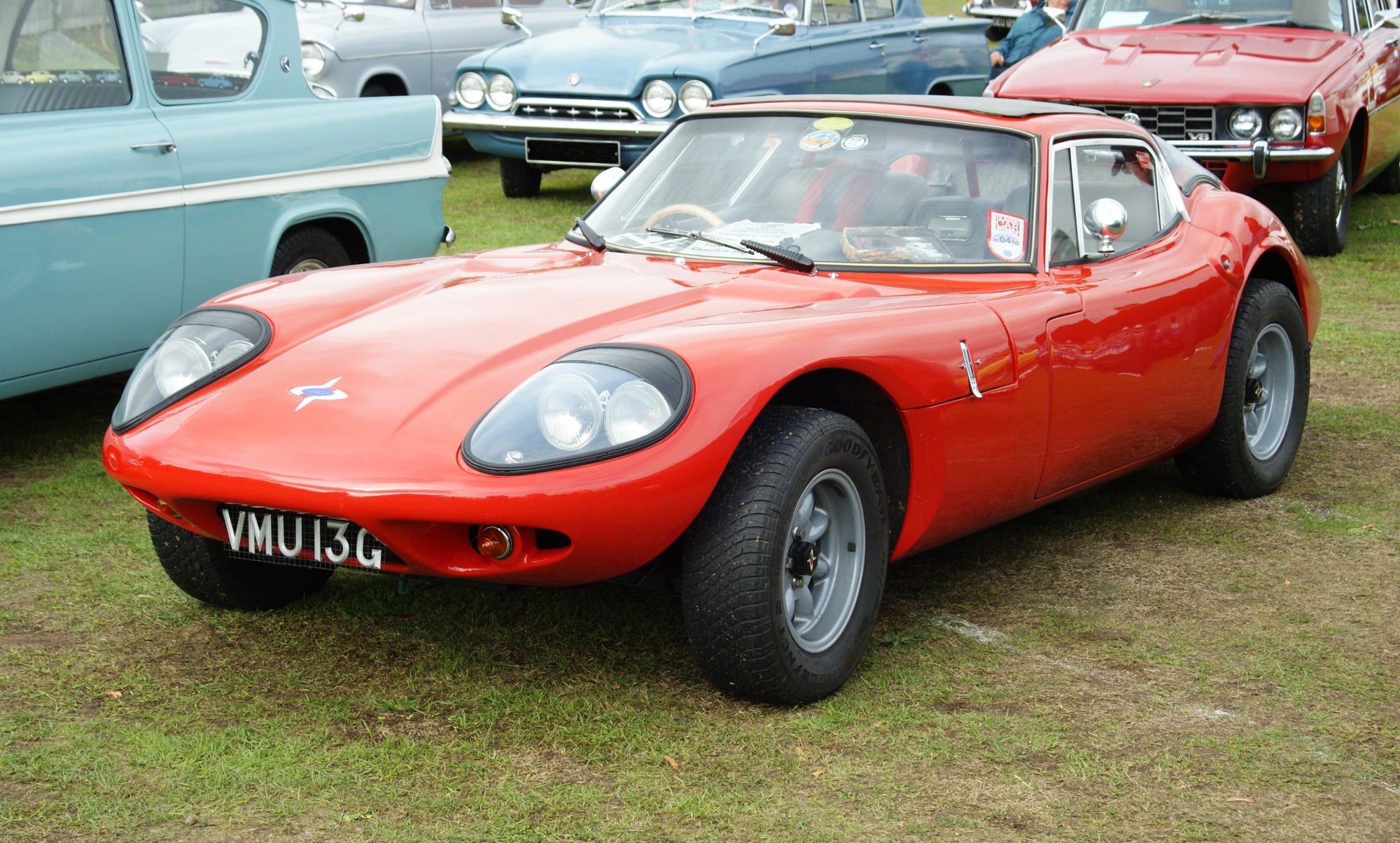
Marcos 1600
Seemingly on the up and up, Marcos bought back the rights to the Mini Marcos in 1991 and once again offered it as a kit while also, somewhat curiously, offering it in the Japanese market as well, where it was presented with a 1.3-litre engine and air conditioning, right up until 1995.
By the mid-90s, business was booming, to such an extent that Marcos once again started to build and offer complete, finished cars. The first car to be offered as such was the Mantara, a 3.9 V8 monster that had the likes of Porsche and TVR firmly in its sights. While perhaps not quite as bold as previous offerings, it was a profitable car for Marcos, which allowed the ever-growing company to move back into the arena of motorsport in 1995 with the LM400, the LM500 and the LM600, powered by a 3.9l V8, a 5.0l Rover V8 and 6.0-litre Chevrolet V8 engine respectively.
Marcos’ racing campaign was a huge success. The LM400 performed well in the UK BRDC GT Championship, while the 200mph LM600 won at the BRDC National Sports GT event. In 1995, Marcos packed up its Francs and headed to France for the 24 Hours of Le Mans, finishing seventh in class – an astounding achievement for such a small company, and a success it could use to sell its new car, the re-born Mantis.
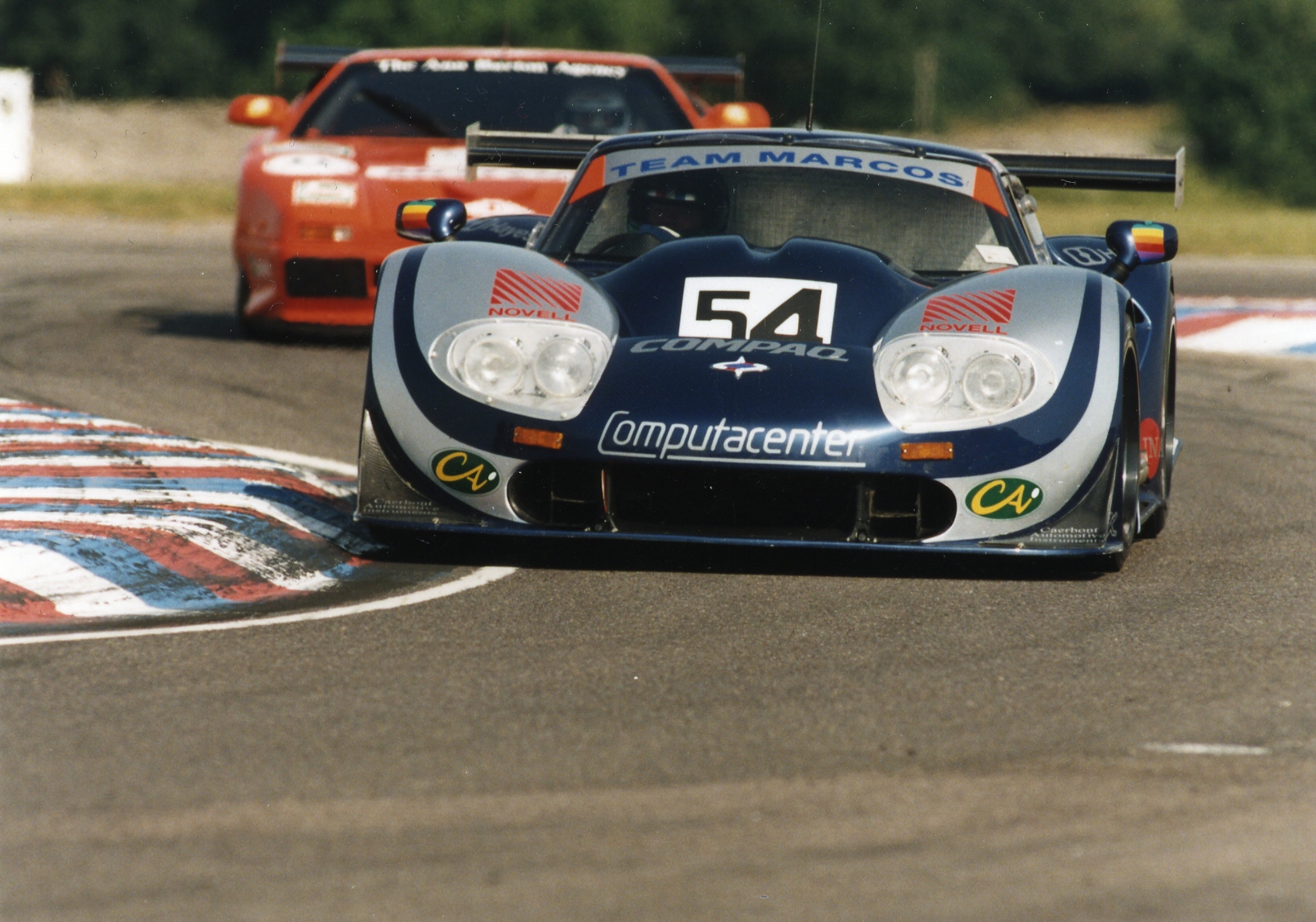
Marcos pulled out all the stops with the new model, basing it on the LM cars. With 270bhp on tap, care of a quad-cam V8, it could sprint to 60mph in 4.2 seconds, after which it would run out of puff at a not-too-shabby 170mph. The car was also lauded for its build quality, with reviewers commenting on how well it was put together. It should have been another step in the re-birth of Marcos but sadly, it wasn’t to be.
Marcos had high hopes but the sportscar landscape changed, the Marcos pricelist remained eye watering and rival cars from the likes of Porsche and TVR found greater favour. Sales once again dwindled and despite the arrival of a more wallet-friendly 2.0 GTS version, followed by the all-new Mantaray, it was too little too late. Marcos had lost its hold on the market and it had lost its customers to the rival cars.
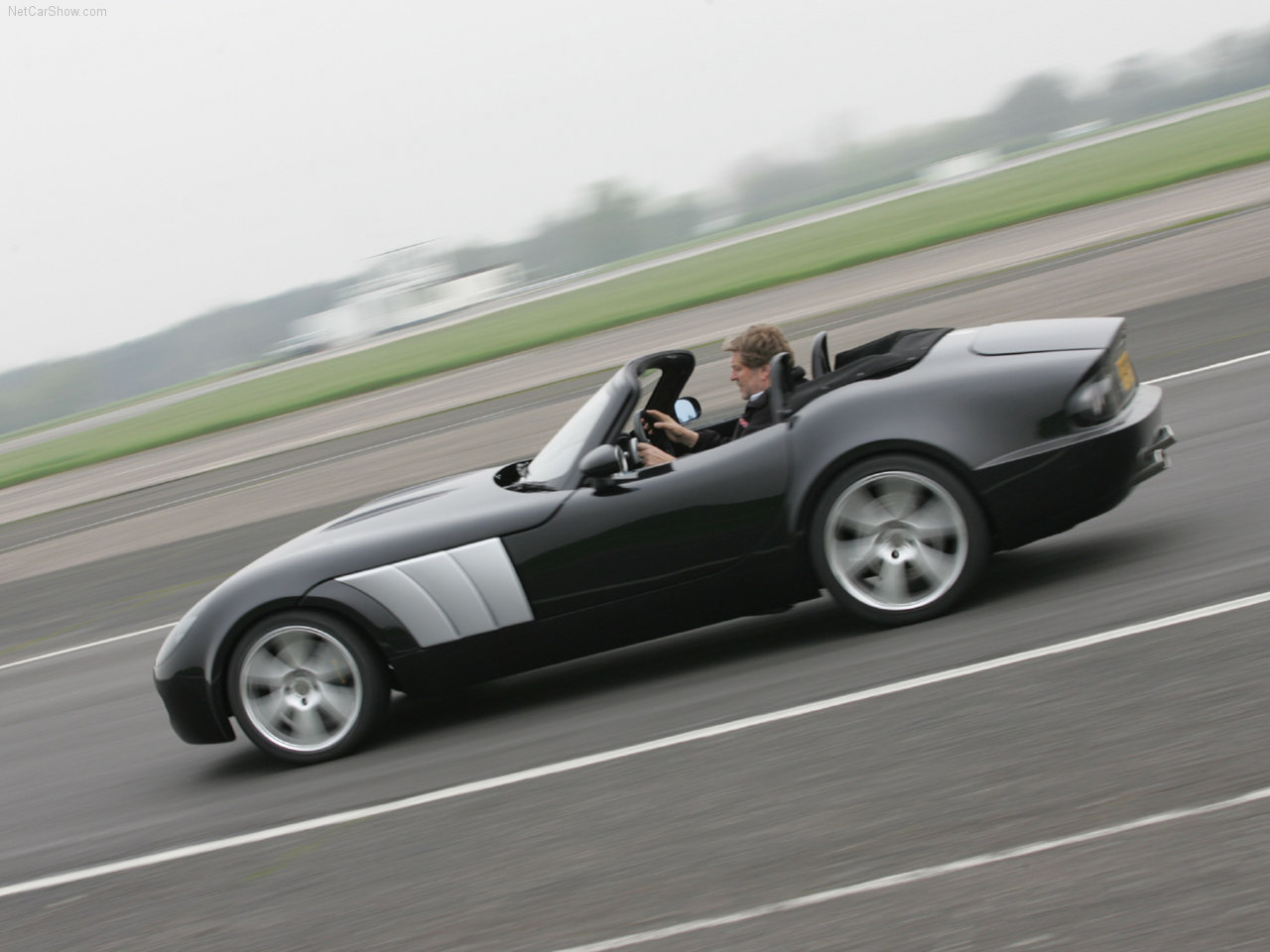
In 2000, Marcos filed for insolvency. There was a brief glimmer of hope in 2002 when Canadian backer, Tony Stelligia, along with Marsh, formed Marcos Engineering Ltd, but a glimmer is all it was. Marcos Engineering Ltd had a stab at car production, building race cars in the Netherlands and the all-new 250 GT in Kenilworth, Warwickshire. Ultimately, despite the best efforts of Marsh, Stelligia and a number of experienced ex-TVR staff, it too liquidated in 2007 and with that, the Marcos name was no more.
So while Marcos may indeed be one for the history books, it should also be applauded. Many would have given up, but not Jem Marsh. In one way or another, he had three attempts at keeping the Marcos name alive and if you ask us, that should always be respected.


